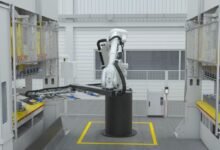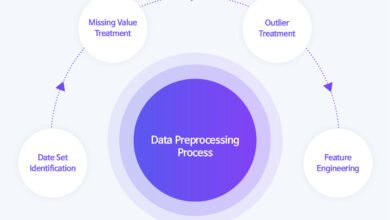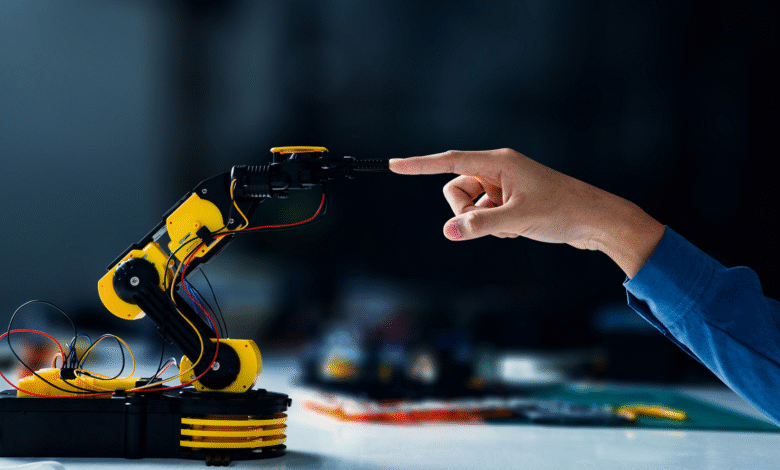
Robotics Programming Languages is experiencing unprecedented growth, with the global market projected to reach hundreds of billions of dollars in the coming years. As robotics programming becomes increasingly sophisticated, developers must equip themselves with the right programming languages for robotics to stay competitive in this dynamic field. Whether you’re building autonomous vehicles, industrial robots, or AI-powered humanoid machines, selecting the appropriate robotics development languages can make the difference between success and failure.
The landscape of robot software development has evolved dramatically, with modern applications requiring everything from real-time control systems to complex machine learning algorithms. Today’s robotics engineers need to master multiple languages, each serving specific purposes within the robotics ecosystem. From low-level hardware control to high-level artificial intelligence implementation, the right programming toolkit enables developers to create sophisticated robotic systems that can perceive their environment, make intelligent decisions, and execute precise actions.
Python and C++ have emerged as the two most widely used languages in robotics programming, with Python offering ease of use and C++ providing superior performance. However, the modern robotics stack extends far beyond these foundational languages. Developers must also familiarize themselves with frameworks like the Robot Operating System (ROS), specialized languages like MATLAB for data analysis, and even emerging languages designed specifically for robotic applications.
This comprehensive guide explores the essential Robotics Programming languages developers should learn in 2025. We’ll examine why each language matters, what makes it suitable for robotics applications, and how it fits into the broader robotics development ecosystem. Whether you’re a beginner taking your first steps into robotics software engineering or an experienced developer looking to expand your skill set, these languages will position you for success in one of technology’s most exciting and rapidly growing fields. From industrial automation to collaborative robots and autonomous systems, mastering these programming languages opens doors to countless opportunities in the robotics revolution, transforming industries worldwide.
Why Programming Languages Matter in Robotics Development
Robotics Programming Languages serve as the fundamental bridge between human intent and machine action. Unlike traditional software development, robotics programming demands languages that can handle real-time constraints, hardware interfaces, sensor data processing, and complex algorithmic computations simultaneously. The choice of coding language for robots directly impacts system performance, development speed, maintainability, and scalability.
Modern robots operate in unpredictable environments, requiring languages that support rapid sensor data processing, decision-making algorithms, and precise motor control. The robotics software stack typically involves multiple layers—from low-level firmware controlling actuators to high-level AI systems making autonomous decisions. Different Robotics Programming Languages for robot development excel at different layers, making multi-language proficiency essential for comprehensive robotics projects.
Performance considerations are paramount in robotics applications. Languages like C and C++ are frequently used across the robotics industry for their efficiency and power, handling everything from AI functionality in humanoid robots to motor functions in industrial robotic arms. Real-time requirements mean that processing delays of even milliseconds can cause system failures, making language selection a critical engineering decision.
Additionally, the robotics development landscape emphasizes code reusability and collaboration. Open-source frameworks and libraries have accelerated robotics innovation, but they’re typically written in specific languages. Choosing compatible Robotics Programming Languages ensures developers can leverage existing solutions rather than reinventing the wheel. The ecosystem surrounding each language—including available libraries, community support, and documentation—significantly influences development efficiency and project success rates.
Python: The Gateway Language for Robotics Beginners
Python for robotics has become the de facto starting point for developers entering the field. Python is recommended for novices making their way into robotics and programming due to its accessibility and ease of use. Its clean, readable syntax allows developers to focus on robotics concepts rather than wrestling with complex language structures, making it ideal for prototyping and rapid development.
Why Python Dominates Robotics Education
Python’s extensive library ecosystem provides pre-built solutions for common robotics tasks. Libraries like NumPy and SciPy handle mathematical computations, OpenCV processes computer vision tasks, and TensorFlow or PyTorch enable machine learning integration. This rich ecosystem means Python robotics developers can implement sophisticated functionality with minimal code, dramatically reducing development time.
The language’s interpreted nature facilitates quick testing and debugging, essential qualities during the experimental phases of robot software development. Developers can modify code and see results immediately without lengthy compilation cycles. Python’s cross-platform compatibility ensures code runs consistently across different operating systems, streamlining deployment from development machines to robotic hardware.
Python in Real-World Robotics Applications
Python Robotics Programming Languages excel in high-level control systems, artificial intelligence integration, and data analysis tasks. Many autonomous robots use Python for path planning algorithms, object recognition systems, and decision-making logic. The language’s integration with ROS (Robot Operating System) through rospy makes it invaluable for modern robotics projects.
However, Python’s performance limitations become apparent in time-critical applications. Its interpreted nature introduces overhead that can cause latency issues in real-time control loops. For mission-critical systems requiring microsecond-level precision, developers typically use Python for high-level logic while delegating performance-critical tasks to faster languages like C++. This hybrid approach combines Python’s development speed with the performance of compiled languages, representing best practices in robotics software engineering.
C++: The Performance Powerhouse for Robotics Systems
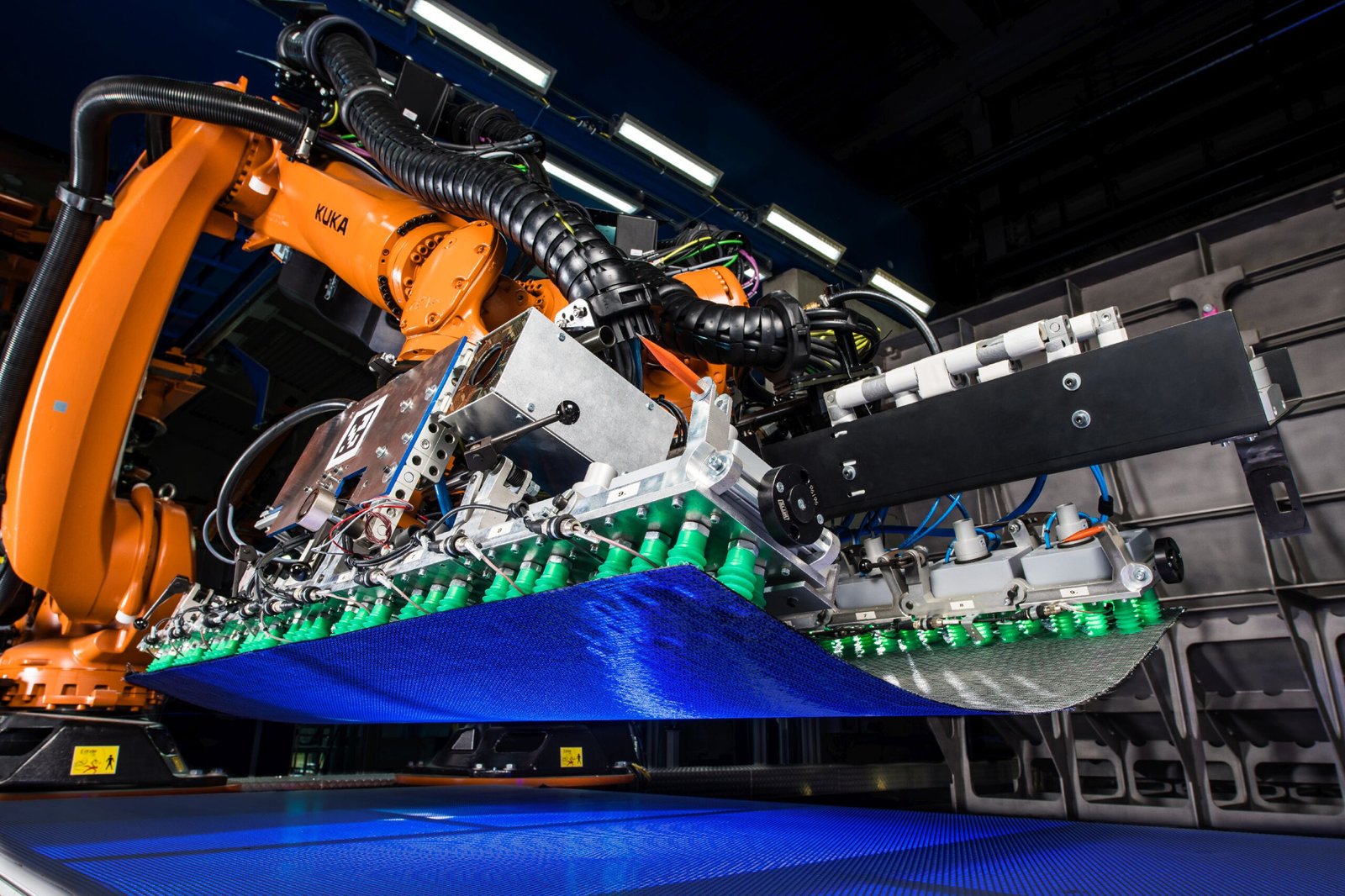
C++ in robotics represents the industry standard for performance-critical applications. When millisecond response times matter, when resources are constrained, or when hardware-level control is necessary, C++ becomes indispensable. C++ remains one of the most common starting points for robotics development, particularly when performance and scale are priorities. Its compiled nature, low-level memory management, and minimal runtime overhead make it ideal for embedded systems and real-time applications.
C++ Advantages in Robotics Engineering
The language provides direct hardware access and fine-grained control over system resources, crucial for robotics control systems. C++ supports object-oriented programming, enabling developers to create modular, reusable code architectures that scale with project complexity. Its strong typing system catches errors at compile-time, reducing runtime failures—a critical safety feature in robotics applications where failures can have physical consequences.
C++ robotics programming dominates in industrial automation, autonomous vehicles, and aerospace applications, where reliability and performance are non-negotiable. The language’s Standard Template Library (STL) provides optimized data structures and algorithms, while its support for multi-threading enables parallel processing of sensor data and control commands.
Real-Time Control and Low-Level Programming
C++ excels in implementing PID controllers, sensor fusion algorithms, and motion planning systems that require precise timing. C++ is used for motor function control in robotic arms—the signature of industrial robots—where precise, real-time control is essential. The language’s deterministic performance characteristics make it suitable for safety-critical systems where timing predictability is mandatory.
Modern C++ (C++11 and later) has introduced features that improve developer productivity while maintaining performance. Smart pointers simplify memory management, lambda expressions enable functional programming patterns, and the standard threading library facilitates concurrent programming. These improvements have made C++ robot development more accessible without sacrificing the performance advantages that made it popular in robotics.
ROS (Robot Operating System): The Robotics Framework Essential
The Robot Operating System (ROS) is a flexible, open-source framework designed for writing robot software, providing a set of tools, libraries, and packages used to create modular and reusable code. While not a Robotics Programming language itself, ROS programming has become so fundamental to modern robotics that proficiency in it is essential for any serious robotics developer.
The ROS Ecosystem
ROS is a set of software libraries and tools that help build robot applications, from drivers to state-of-the-art algorithms, with powerful developer tools, and it’s all open source. The framework uses a distributed architecture where different components (nodes) communicate through messages, enabling modular development. This architecture allows teams to work on different robot subsystems independently, then integrate them seamlessly.
ROS robotics development supports multiple Robotics Programming Languages, primarily C++ and Python, giving developers flexibility in implementation choices. The framework provides standardized interfaces for common robotics tasks—navigation, manipulation, perception, and planning—allowing developers to focus on application-specific logic rather than reinventing fundamental robotics algorithms.
ROS 2: The Next Generation
ROS 2 includes industry standards-based communication (DDS), support for multiple operating systems, improved real-time performance, and a focus on safety, with official support for ROS 1 ending in May 2025. This evolution addresses the original ROS limitations, making it suitable for commercial and safety-critical applications.
ROS 2 programming introduces better support for real-time systems, improved security features, and enhanced multi-robot coordination capabilities. The framework’s adoption by major robotics companies and research institutions makes ROS proficiency a valuable skill for robotics careers. Learning ROS development opens access to thousands of pre-built packages for sensors, actuators, and algorithms, dramatically accelerating robotics project development.
MATLAB and Simulink: Robotics Simulation and Analysis Tools
MATLAB for robotics serves as the premier platform for algorithm development, simulation, and data analysis in robotics applications. MATLAB is best for data analysis in robotics applications. Its matrix-based computation model aligns perfectly with robotics mathematics, from kinematics calculations to complex control theory implementations.
MATLAB’s Role in Robotics Development
The Robotics System Toolbox in MATLAB provides functions for designing, simulating, and testing robot algorithms. Engineers use MATLAB Robotics Programming Languages for developing path planning algorithms, inverse kinematics solvers, and control systems before implementing them on physical hardware. This simulation-first approach reduces development costs and risks by identifying design flaws in virtual environments.
Simulink, MATLAB’s graphical programming environment, enables visual modeling of robot systems. Engineers can create block diagrams representing sensors, actuators, control algorithms, and signal processing chains, then simulate entire robotic systems without writing extensive code. This visual approach is particularly valuable for complex systems where signal flow and timing relationships are crucial.
Academic and Industrial Applications
MATLAB in robot development dominates in academic research and industries like aerospace and automotive, where mathematical modeling and simulation are essential. The platform’s ability to automatically generate C/C++ code from MATLAB algorithms facilitates the transition from simulation to real-world implementation. Engineers develop and validate algorithms in MATLAB’s user-friendly environment, then deploy optimized code to embedded systems.
However, MATLAB’s proprietary nature and licensing costs limit its use in open-source projects and startups with budget constraints. For production systems, many developers use MATLAB for algorithm development and validation, then implement final versions in open-source languages like Python or C++ for deployment.
Java: Object-Oriented Robotics Programming
Java in robotics brings platform independence and robust object-oriented design to robot software development. While less common than Python or C++, Java offers unique advantages for specific robotics applications, particularly in educational robotics and systems requiring portability across diverse hardware platforms.
Java’s Strengths in Robotics Applications
The Java Virtual Machine (JVM) enables Java robotics programs to run on virtually any platform without modification, simplifying deployment across heterogeneous robot fleets. Java’s strong type system and extensive error-checking reduce runtime failures, which is important for reliability in autonomous systems. The language’s mature ecosystem includes libraries for network communication, database integration, and user interface development.
Java Robotics Programming Languages excels in developing high-level control systems, user interfaces, and cloud-connected robotics applications. The language’s built-in support for multithreading and concurrent programming facilitates the development of complex robot behaviors that must handle multiple tasks simultaneously—processing sensor data, executing control algorithms, and communicating with remote systems.
Educational and Commercial Use Cases
Java dominates in educational robotics platforms like LEGO Mindstorms and FIRST Robotics Competition, where its readable syntax and comprehensive learning resources help students understand programming concepts. Commercial applications include Android-based robot control systems, where Java’s native Android support streamlines mobile robotics application development.
However, Java’s performance limitations compared to C++ make it less suitable for real-time control systems requiring microsecond-level precision. The language’s garbage collection introduces non-deterministic pauses that can disrupt time-critical operations. Consequently, Java typically handles high-level application logic while lower-level languages manage real-time control tasks.
C Language: Foundation of Embedded Robotics
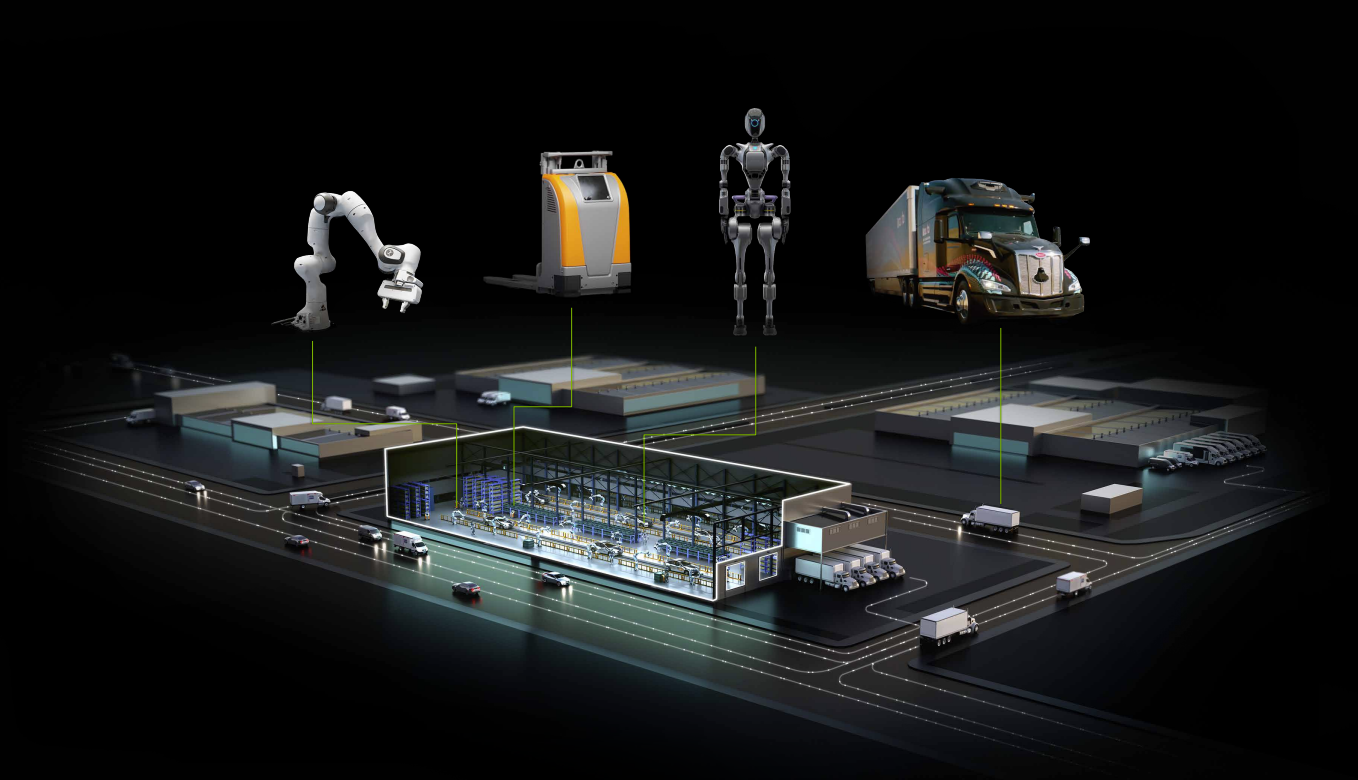
C programming for robotics represents the fundamental building block of embedded systems and microcontroller-based robots. Despite being decades old, C remains crucial for robotics developers working with resource-constrained hardware or requiring direct hardware manipulation capabilities unavailable in higher-level languages.
Why C Matters in Modern Robotics
The C language provides minimal abstraction over hardware, enabling developers to write highly efficient code that directly controls processors, memory, and peripherals. C is a popular programming language used across the robotics industry for its efficiency and power. Its small runtime footprint makes it ideal for microcontrollers with limited memory, common in robotics applications from small drones to industrial sensors.
C Robotics Programming Languages include firmware development for motor controllers, sensor interfaces, and real-time operating systems. Many robotics libraries and drivers are written in C, providing maximum portability and performance. C enables developers to optimize performance-critical code sections and troubleshoot issues at the system level.
Embedded Systems and Real-Time Control
C’s deterministic execution characteristics make it suitable for hard real-time systems where missing deadlines can cause system failures. Unlike languages with garbage collection or complex runtime systems, C Robotics Programming Languages give developers complete control over execution timing and memory allocation. This predictability is essential in safety-critical robotics applications.
The language’s longevity means extensive documentation, mature toolchains, and a vast repository of tested code libraries. However, C’s lack of modern programming features like automatic memory management increases development time and introduces potential for memory-related bugs. Many projects now use C for low-level systems while employing C++ for higher-level components, combining C’s efficiency with C++’s productivity features.
Emerging Languages and Future Trends in Robotics
Beyond established languages, several emerging technologies are shaping the future of robotics software development. These trends help developers prepare for evolving industry demands and position them at the forefront of robotics innovation.
Rust for Safe Systems Programming
Rust is gaining traction in Robotics Programming Languages for its memory safety guarantees without garbage collection overhead. The language prevents common bugs like null pointer dereferences and data races at compile-time, potentially reducing debugging time in complex robot systems. While adoption remains limited, Rust’s performance characteristics and safety features make it promising for future robotics applications.
Domain-Specific Languages
Several domain-specific languages target robotics challenges. Languages like Behavior Trees provide intuitive frameworks for designing robot behaviors, while motion planning languages simplify trajectory generation. These specialized tools complement general-purpose languages, enabling developers to express robotics-specific concepts more naturally.
AI and Machine Learning Integration
The integration of artificial intelligence into robotics is driving demand for AI programming skills. Languages and frameworks like TensorFlow, PyTorch, and ONNX enable developers to implement deep learning models for computer vision, natural language processing, and reinforcement learning. Modern robotics developers increasingly need proficiency in both traditional Robotics Programming Languages and AI development.
Cloud Robotics and Edge Computing
Cloud-connected robots require skills in web technologies, distributed systems, and edge computing. Languages like JavaScript, Go, and Python are becoming important for developing cloud robotics platforms that enable robot fleet management, remote monitoring, and collaborative learning. This convergence of robotics with cloud computing creates new opportunities for developers with diverse skill sets.
Choosing the Right Language for Your Robotics Project
Selecting appropriate Robotics Programming Languages for your robotics project requires careful consideration of multiple factors. No single language suits all robotics applications—successful projects typically employ multiple languages, each serving specific purposes within the system architecture.
Performance vs. Development Speed Trade-offs
Real-time robotics applications requiring microsecond-level precision typically demand C or C++ for critical control loops. High-level planning and decision-making systems can use Python for faster development. Consider whether your application prioritizes raw performance, development velocity, or maintainability when choosing Robotics Programming Languages.
Hardware Constraints and Platform Compatibility
Resource-constrained embedded systems may require C or assembly language, while powerful onboard computers can run Python or Java. Your technology stack isn’t just a technical decision—it’s a hiring decision, a timeline decision, and a scale decision. Consider target hardware capabilities, available memory, and processing power when selecting languages.
Team Expertise and Learning Curve
Evaluate your team’s existing skills and willingness to learn new technologies. Python’s gentle learning curve makes it suitable for teams with varied programming backgrounds, while C++ proficiency requires more training investment. For robotics startups, choosing languages with large talent pools simplifies hiring, while established teams might leverage specialized expertise in niche languages.
Ecosystem and Library Availability
The availability of libraries, frameworks, and community support significantly impacts development efficiency. Languages with rich robotics ecosystems like Python (with ROS, OpenCV, TensorFlow) or C++ (with ROS, PCL, Eigen) provide pre-built solutions for common tasks. Evaluate whether necessary functionality exists in your chosen language before committing to a technology stack.
Building a Learning Path for Robotics Programming
Developing proficiency in robotics programming languages requires structured learning and hands-on practice. A strategic approach to skill development accelerates your journey from beginner to proficient robotics developer.
Start with Python Fundamentals
Begin your Robotics Programming Languages journey with Python, learning basic programming concepts without overwhelming syntax complexity. Master fundamental topics including variables, control structures, functions, and object-oriented programming. Build simple robot simulations or control virtual robots through platforms like RobotPy or PyRobot to apply concepts in robotics contexts.
Progress to C++ for Performance
After establishing Python proficiency, transition to C++ for robotics development. Focus on memory management, pointers, and object-oriented design in C++. Implement robotics algorithms like path planning or sensor fusion in both Python and C++ to appreciate performance differences and understand when each language is appropriate.
Master ROS Framework
Learn ROS programming through official tutorials and hands-on projects. Start with ROS basics—nodes, topics, services, and actions—then progress to advanced concepts like tf (transform) library, navigation stack, and robot simulation in Gazebo. ROS development unlocks access to countless pre-built robotics packages and industry-standard development workflows.
Specialize Based on Career Goals
Choose additional languages based on your career direction. Embedded systems specialists should deepen their C knowledge and learn assembly. AI robotics developers should master machine learning frameworks like TensorFlow or PyTorch. Industrial automation engineers might focus on manufacturer-specific languages like Kuka’s KRL or ABB’s RAPID. Continuous learning and hands-on projects build expertise that translates into career opportunities.
More Read: 10 Must-Have Robotics Skills for Thriving in Modern Industries
Conclusion
Mastering robotics programming languages is essential for any developer aspiring to succeed in the rapidly expanding robotics industry. While Python and C++ form the foundation of modern robot software development, comprehensive expertise requires familiarity with multiple languages and frameworks, including ROS, MATLAB, Java, and C. Each language serves specific purposes within the robotics ecosystem, from Python’s accessibility for beginners and AI integration to C++’s performance in real-time control systems. The choice of Robotics Programming Languages depends on project requirements, hardware constraints, team expertise, and performance demands. By strategically building proficiency across this technology stack, developers position themselves for success in diverse robotics applications spanning industrial automation, autonomous vehicles, and AI-powered robots. As the field continues evolving with emerging technologies like Rust and cloud robotics platforms, maintaining adaptability and continuous learning ensures long-term career growth in this dynamic, transformative industry that’s reshaping how humans interact with intelligent machines.

